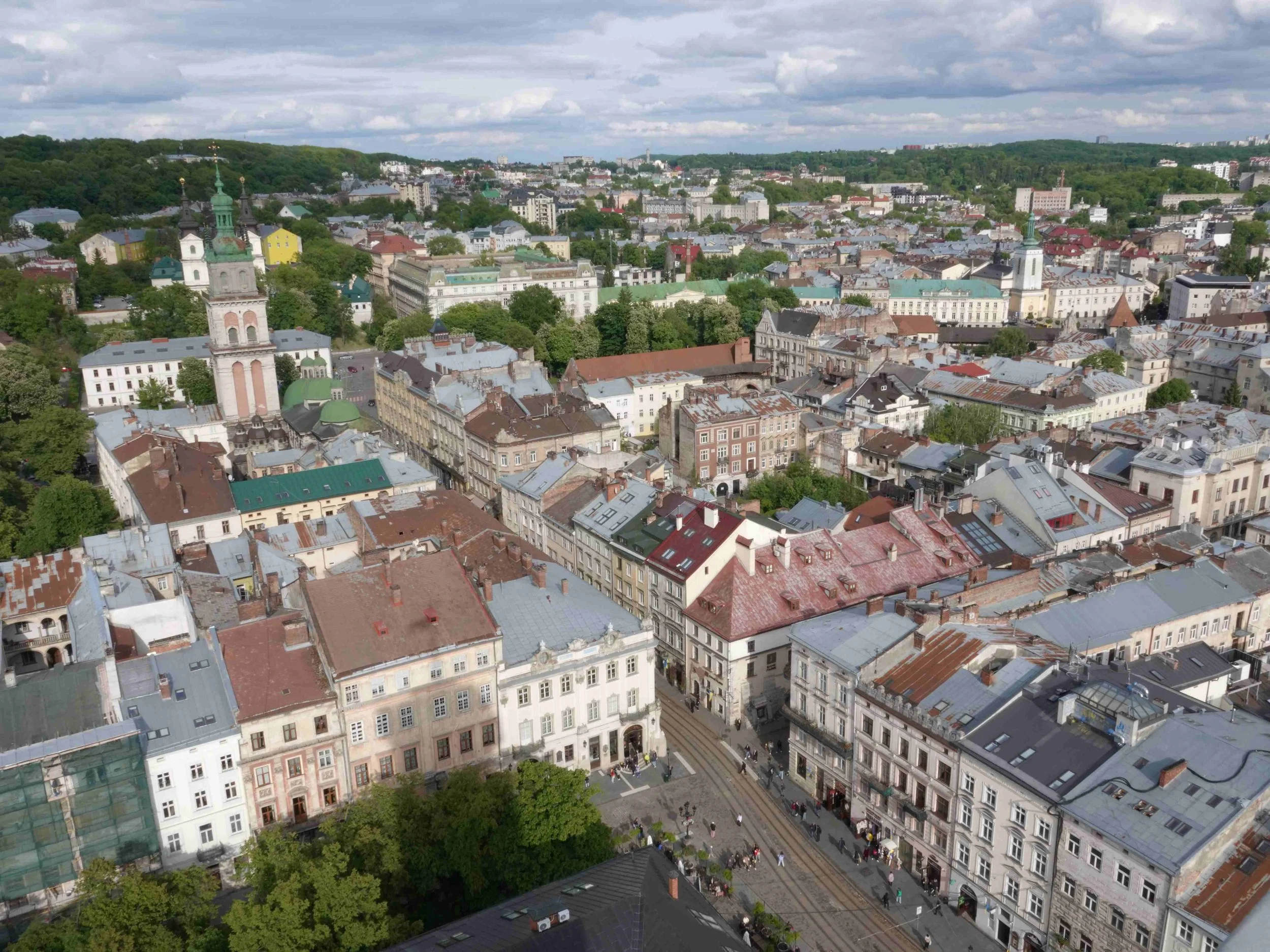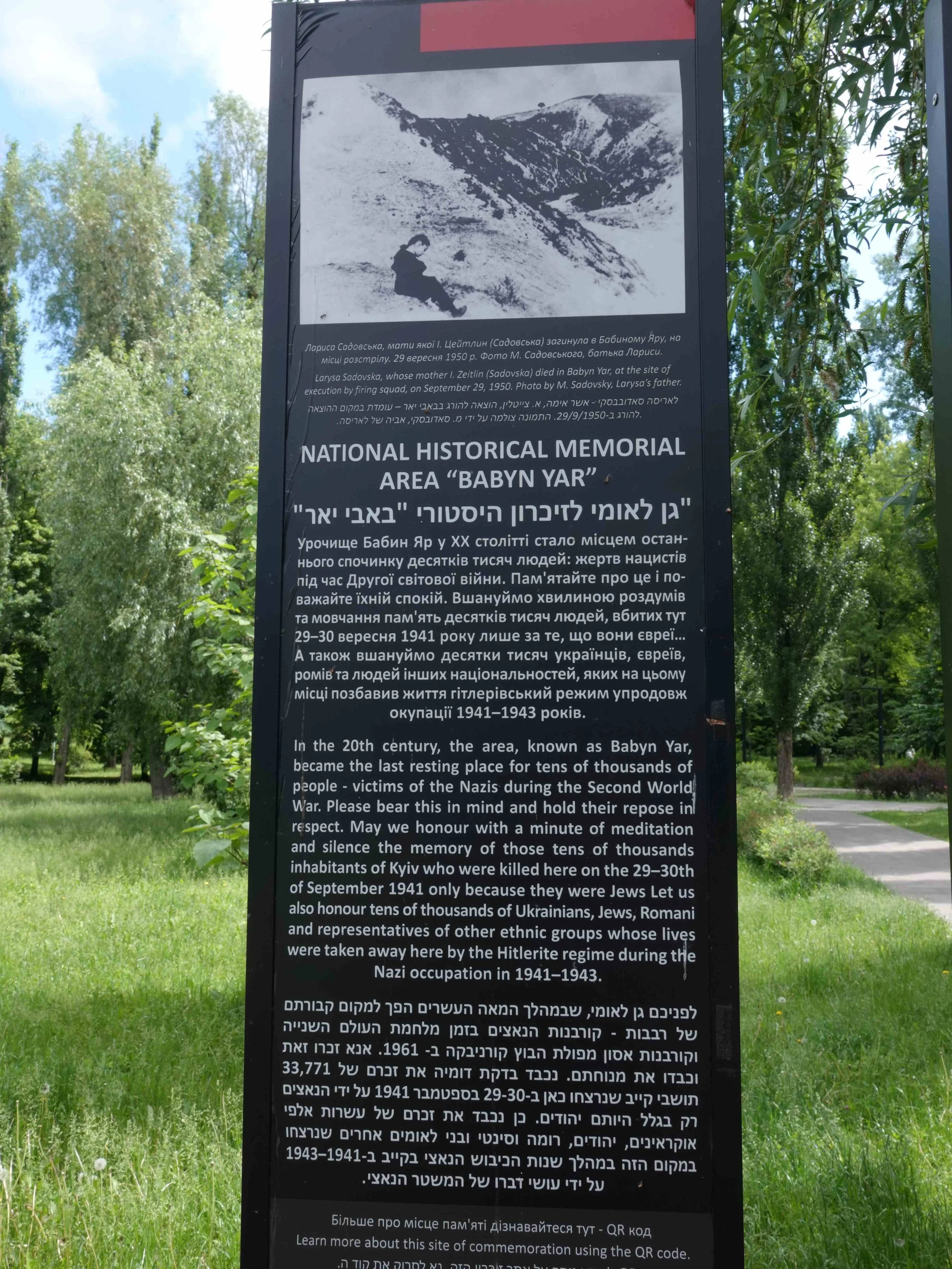Ukraine at War
A very brief history of Ukraine (and why the Russian claim to it is illegitimate), my experiences there in May 2025, and my take on prospects for the future
My Ukraine blog
In May 2025 I drove an ambulance from London to Lviv, and then stayed in Ukraine for 3 weeks. This blog is about my experiences, what I learned (speaking fluent Russian helped with that), and an attempt to answer the question I always get — what is it really like there. Slava Ukraini!
A brief history of Ukraine
Trying to condense 1,200 years of history into a few minutes’ read necessarily leaves some stuff out. But I think this gives a fairly balanced account.
Lviv, cradle of modern Ukrainian language and culture
Lviv is the largest city in western Ukraine, the area that was never controlled by Russia until 1939. Centuries of Russian barbarism — the Tsars’ pogroms, Stalin’s manufactured Holodomor famine, repression of Ukrainian language and culture — didn’t reach here. Lviv’s Polish and Austrian overlords allowed the Ukrainian language, literature and national identify to develop pretty freely. Without Lviv and surroundings, an independent Ukranian identity might not have survived.
Kyiv’s Pecherska Lavra monastery - contested site in a divided church
Kyiv was the capital of Rus, the medieval kingdom from which the Russian, Belarussian and Ukrainian nationalities all arose. The Varangian kings adopted Christianity in 988 AD, and the Pecherska Lavra (Cave Monastery) was founded just outside of Kyiv’s city walls 63 years later. Much more recently it has featured prominently in the split between the Ukrainian Orthodox Church (UOC) and the Orthodox Church of Ukraine (OCU).
Kyiv’s Open-Air Museum of Folk Architecture
On Kyiv’s southern outskirs is a collection of late 19th and early 20th century rural homes, schools, churches etc. from multiple regions, providing a window on the way of life in this vast country before everything changed.
Want to see what an industrial trade fair in a war zone looks like?
While planning my visit to Kyiv, I was initially surprised to see trade fairs still happening in wartime. And having spent much of my career in heavy industries, I was keen to see what the Kyiv Industrial Expo at the IEC (International Exhibition Centre) would look like, who exhibits there, etc. Some of the exhibits you could find anywhere, others you probably wouldn’t.
Paying my respects at the Babi Yar Holocaust site
Paying my respects at the site in Kyiv where 38,000 Jews were murdered in two days at the beginning of the Nazi occupation.
For 50 years the Soviet authorities criminalised any acknowledgement that the primary victims here were Jews. The first Soviet official to acknowledge this (and the participation of some Ukrainians in the killings) was independent Ukraine’s first president. The process of healing (and — no sense denying it — of arguing over the balance of remembrance at a site where most victims were Jews but not all) is still ongoing.
“Ants” kitchen - providing nutritious meals to the Troops
Kyiv Kitchen Hub "Ants" was founded by Kostyantyn and Oksana Ovcharenko on February 25, 2022. Today, Kyiv Kitchen Hub "Ants" plays a vital role in providing meals to around 10,000 soldiers who lack the facilities to cook.
These soldiers can now enjoy a nutritious daily diet with just a mug and hot water. Every month, the organization produces and distributes 10,000 servings of first and second courses, along with breakfast cereals and 10,000 servings of galettes.
Kyiv Nightlife
One thing that Kyiv does share in common with London during the Blitz is the peoples’ determination to keep living their lives.
I was only in Kyiv for two weeks, and I don’t remotely claim to fully know Kyiv nightlife. But here is some that I enjoyed.
The Murals of Kyiv
After the Maidan Revolution and Putin's invasion of Crimea in 2014, murals began appearing in Kyiv's capital -- many with a military theme but not all.
In the ensuing 11 years, artists from 28 countries have painted 140 murals all over the city.
Take a look at a few of them.
Kyiv at War
My previous post showed how normal life perseveres in Ukraine’s beautiful and elegant capital. This post shows the constant reminders of the costs of this War of National Survival, now in its 4th year.
Beautiful, elegant Kyiv
A lot of people outside Ukraine seem to picture Kyiv like the East End of London during the Blitz.
In parts of eastern Ukraine (where the vast majority of Russian drones and missiles fall) that is more accurate.
But Kyiv is sufficiently far from Russia’s launch sites that the capital’s air defence systems intercept most of the incoming. Of course some get through, but fewer than you might think.
In over 20 miles of walking in the city, I only saw one building destroyed by bombs — to be fair, I didn’t walk near power plants, which are the Russians’ favourite targets.
Take a look at what Ukraine’s capital is really like.
Massacre, Resilience & Rebuilding in the Suburbs of Kyiv
During Russia’s one-month occupation of Kyiv’s northern suburbs in March 2022, over 1,000 civilians were killed in Bucha and Irpin. Hundreds were found with their hands bound, a bullet hole in the head and signs of torture.
In May of 2025 I visited these cities to see for myself the sights of these war crimes and the extraordinary rebuilding of lives and property since the massacre.
This is a story of a war crime, but also of exceptional bravery and resilience. And anyone wondering why the Ukrainians haven’t just surrendered yet would do well to understand what Russian occupation is actually like.
To Ukraine in an Ambulance Convoy
In May 2025 I was privileged to volunteer with Medical Lifelines Ukraine ((https://www.medicallifelines.org.uk/), raising over £8,000 and driving in a convoy of donated ambulances from London to Lviv, Ukraine, where we handed them off to mayors and medical directors from five communities in the war-torn East.
It’s still not too late to donate — click on “Read More” below for the link to do so.
I then stayed on in Lviv and Kyiv for three weeks.
This is the first of what will be several posts about that experience, the extraodinary people whom I met, and how normal life perseveres in a war in which the aggressor deliberately targets civilians every day.














